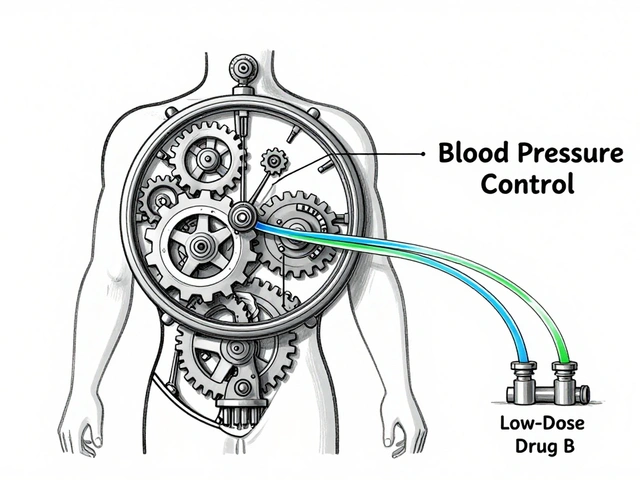Cervical Ripening: What It Is and How It Works
If your pregnancy goes past your due date or your provider recommends induction, your cervix may need to soften and open first. That process is called cervical ripening. It makes the cervix thinner (effacement) and a bit dilated so contractions and oxytocin can start labor more effectively. Think of it as prepping the door before you push it open.
Cervical ripening is common and usually done in a hospital or birth center, though some methods happen in clinic. The choice depends on how ready your body already is, your health, and your baby's situation. You’ll often hear your provider talk about your Bishop score — a quick check that helps decide which method fits best.
Common Methods You’ll Meet
There are two main groups: mechanical methods and medicines. Mechanical options include a Foley or balloon catheter. A small balloon sits in the cervix and gently pushes it open over several hours. It’s simple, works well, and has a low risk of causing too-strong contractions.
Medicines usually mean prostaglandins (like dinoprostone or misoprostol). These are placed near the cervix as a gel, tablet, or insert. They soften the cervix and can start contractions. They’re effective but can cause stronger contractions or more uterine activity, so you’ll be monitored closely.
Another common, low-tech option is a membrane sweep. During an exam your provider uses a finger to separate the amniotic sac from the cervix. It can trigger labor within days for some people and is often offered when you’re near or past term.
What to Expect, Risks, and Simple Tips
Expect monitoring: fetal heart checks and contraction tracking are standard, especially with medicines. Side effects vary — light bleeding, cramping, or stronger-than-expected contractions are possible. Serious complications are uncommon but include infection or, rarely, uterine hyperstimulation (very frequent contractions) that needs treatment.
Practical tips: wear comfy clothes, plan for several hours or overnight, and bring support and snacks. Ask about pain options and whether you can get an epidural once active labor starts. If you prefer minimal intervention, say so and discuss what methods align with your birth plan.
Good questions to ask your provider: Why do you recommend ripening now? Which method fits my situation? What are the success rates and possible side effects? How will you monitor me and the baby, and when would you move to a cesarean if things don’t progress?
Every pregnancy is different. If you want more detail on a specific method or how it fits your birth plan, bring notes to your appointment and speak up. Cervical ripening is a tool to help labor start safely — knowing the options makes it easier to choose what fits you.

Cytotec, traditionally used for labor induction, has alternatives that cater to different needs and preferences. Cervidil offers a longer, controlled induction process, while Pitocin is known for its ability to adjust to patient requirements. Mifepristone and Methotrexate, though not primarily for labor induction, are effective in medical abortions. Options like Dinoprostone and Carboprost are viable for cervical ripening and handling postpartum issues. Letrozole and Hemabate offer niche solutions, though not FDA-approved for labor induction. Each option has unique benefits and challenges, helping healthcare providers tailor suitable plans for patients.






